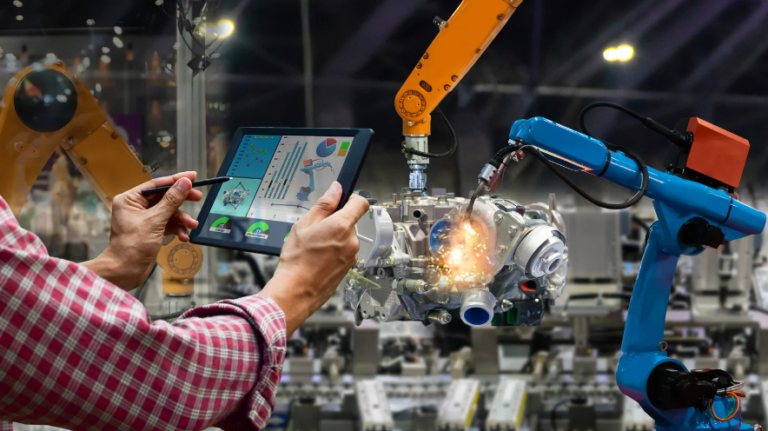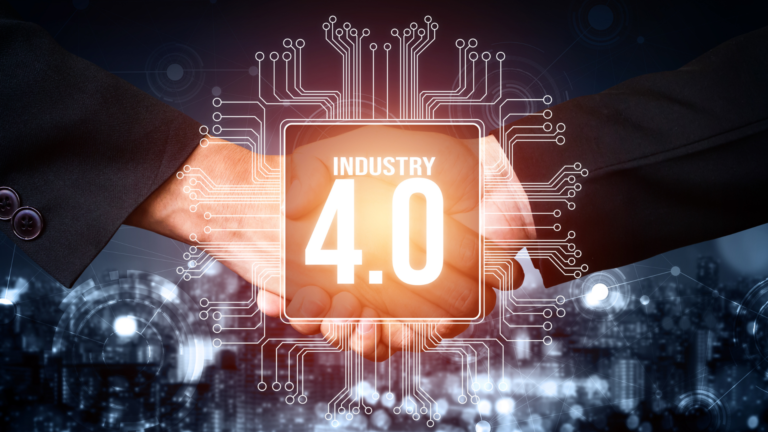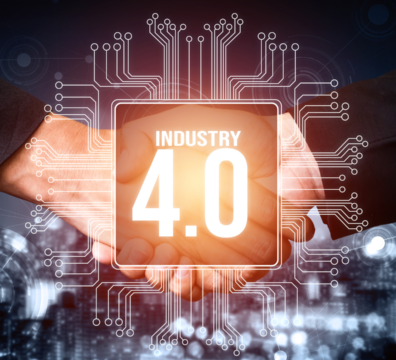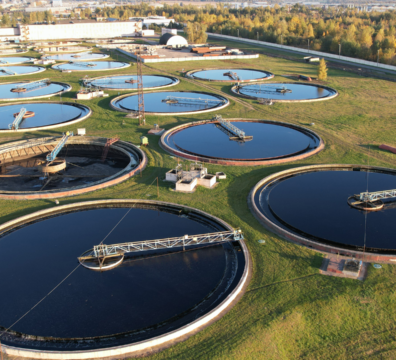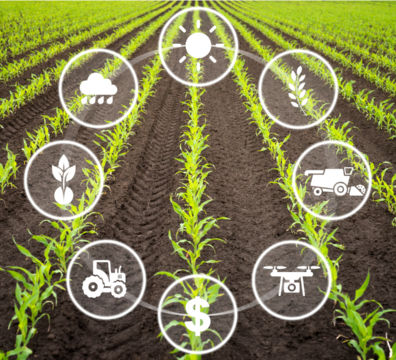Complex industrial processes require data-driven decision-making based on insights from multiple sources. Organisations require new advanced tools to make well-rounded decisions by consolidating data from diverse sources such as production, maintenance, resource usage, and financial performance to drives smarter decision-making.
In the water and wastewater industries, ensuring the quality and safety of water resources is paramount. As these industries face increasing pressure from growing populations, climate change, and evolving regulations, the need for more efficient, effective, and reliable water management practices has never been greater.
The Evolution of Water and Wastewater Treatment Technologies
Water and wastewater treatment has traditionally relied on a combination of mechanical, biological, and chemical processes to remove contaminants and ensure water safety. However, these conventional methods are increasingly being supplemented – and in some cases, replaced – by advanced technologies that offer greater efficiency, flexibility, and precision.
One of the most significant developments is the rise of smart water management systems. These systems leverage a combination of IoT sensors, data analytics, and AI to monitor water quality in real-time, predict potential issues, and optimise treatment processes. By providing continuous, real-time data, these systems enable operators to respond more quickly to changes in water quality, reducing the risk of contamination and ensuring compliance with regulatory standards.
Another key advancement is the use of advanced oxidation processes (AOPs) for the removal of emerging contaminants. Traditional treatment methods are often insufficient for removing complex organic compounds, pharmaceuticals and microplastics that are increasingly found in water supplies. AOPs, which use powerful oxidants like ozone or hydrogen peroxide in combination with UV light, can effectively break down these contaminants into harmless byproducts, offering a more robust solution for modern water treatment challenges.
The Role of Machine Learning and AI in Optimizing Water Treatment
The integration of machine learning (ML) and artificial intelligence (AI) into water and wastewater treatment offer significant potential to enhance the efficiency and effectiveness of treatment processes by enabling predictive maintenance, process optimisation, and real-time decision-making.
Machine learning algorithms can analyse vast amounts of historical and real-time data from treatment plants to identify patterns and trends that may not be immediately apparent to human operators. For example, by analysing data on influent water quality, ML models can predict the optimal dosage of chemicals needed for coagulation or disinfection, reducing chemical use and associated costs while maintaining high water quality standards.
AI, on the other hand, can be used to develop intelligent control systems that autonomously adjust treatment parameters in response to changing conditions. This level of automation is particularly valuable in wastewater treatment, where the composition of influent water can vary significantly throughout the day. By continuously monitoring and adjusting the treatment process, AI-driven systems can ensure consistent performance, reduce energy consumption, and minimise the risk of non-compliance with discharge regulations.
Challenges in Implementing Advanced Water Treatment Technologies
While the benefits of advanced water and wastewater treatment technologies are clear, one of the most significant challenges is the integration of these technologies with existing infrastructure. Many water treatment plants have been in operation for decades and rely on legacy systems that may not be compatible with modern digital solutions. Retrofitting these plants with new technologies can be costly and complex, requiring careful planning and coordination.
For machine learning and AI systems to be effective, they require large amounts of accurate, reliable, high-quality data. However, many water treatment facilities struggle with data quality issues, such as sensor inaccuracies, data gaps, and inconsistencies in data collection. Addressing these issues requires investment in modern data acquisition and management systems, as well as the development of robust data governance practices.
The adoption of advanced technologies in water treatment requires a skilled workforce that is proficient in both traditional water management practices and modern digital technologies. This skill gap poses a significant challenge for many water utilities, particularly those in regions with limited access to training and education resources. To overcome this challenge, utilities must invest in continuous training and development programs that equip their employees with the skills needed to operate and maintain advanced treatment systems.
When and where to turn on the AI tap
While advanced technologies offer significant short-term benefits, their full potential can only be realized through ongoing innovation and continuous improvement. This requires a commitment to investing in research and development, as well as a willingness to experiment with new approaches to water and wastewater treatment.
But where to start this technology adoption? Starting with pilot projects that focus on specific aspects of the treatment process means the impact of new technologies can be most easily measured. These pilot projects can help build a business case for broader implementation by demonstrating the tangible benefits of advanced technologies in terms of cost savings, efficiency gains, and improved water quality.
All this said, water and wastewater treatment is a highly regulated industry, and any changes to treatment practices must be carefully coordinated with regulators, customers, and other stakeholders. That’s why it’s critical that these groups are involved early in the process. Utilities can ensure that new technologies are implemented in a way that meets regulatory requirements and aligns with community expectations.
By investing in the right digital tools, infrastructure and skills, utilities can not only improve the quality and safety of their water supplies but also gain a significant competitive advantage in an increasingly complex and demanding regulatory environment.
As the industry continues to evolve, those who are able to effectively harness the power of advanced technologies will be well-positioned to lead the way in shaping the future of water and wastewater management.
Read the research paper: Indicator based multi-criteria decision support systems for wastewater treatment plants



